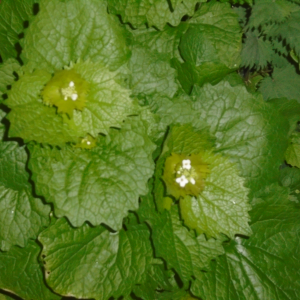Moss – Bryophyta
The magical Moss can be found everywhere and is a very handy plant in survival situations, it can be eaten as a last resort, but it won’t taste very nice however it’s uses for medical purposes are astonishing. During WWI and WWII Moss was an essential part of a medical kit when bandages or wound packing was in short supply and as you can imagine there were never enough with the amount of wounded soldiers coming from the battlefields and trenches. In fact, Moss has been used for thousands of years on battlefields, but like most things it was forgotten or replaced by something that can be mass-produced for convenience and profit.
Moss is very absorbent, far more than cotton wool, and has remarkable deodorizing power. The remarkable sponge-like quality comes from Sphagnum’s cellular structure, ninety percent of the cells in a sphagnum plant are dead. They’re made to be empty, so they can be filled with water. In this case, medics took advantage of that liquid-absorbing capacity to soak up blood, pus and other bodily fluids. Sphagnum moss also has antiseptic properties that helped avoid infections and amputations. A lot of research is taking place on the medicinal properties of Moss, and it has been found that it has similar attributes as Cannabis.
If you ever find yourself in a survival situation and can find sphagnum moss, you probably won’t die of thirst. Sphagnum moss, due to its spongy consistency, soaks up and holds moisture. Just squeezing it will provide a water source – and due to its acidic nature, bacteria typically aren’t present.
Mosses function like sponges, using their capillary spaces to hang on to water.
They help to soak up rainfall, maintain moisture in the soil below and keep conditions around them humid. This enables other plants around them thrive, such as in habitats like marshes and woodland.
Mosses also play a vital role in the development of new ecosystems. They’re among the first plant colonisers of disturbed sites, such as when an area is deforested or affected by forest fires. They stabilise the soil surface and retain water, helping new plants to grow.
If you can find dead moss or have the time to pick some and let it dry, it’s extremely flammable and is great for starting your fire. Since it’s lightweight, you may even want to add some of it to your homemade fire starters or just carry some raw.
Moss is damp, isn’t it? Well yes it is but it likes to hold on to its water. You can use a nice layer of moss to cover your shelter and it will keep you dry. One of the best things about this is that, since moss has an interconnected, shallow root system, you can cut it in large chunks that make it easy to transport and cover your shelter quickly.
Within 24 hours, these root systems will grow together and you have an instant, waterproof roof. As a matter of fact, there are many stories of wilderness people who actually use moss to roof their houses.
The moss people or moss folk (German: Moosleute, “moss folk”, wilde Leute, “wild folk”), also referred to as the wood people or wood folk (Holzleute, “wood folk”) or forest folk (Waldleute, “forest-folk”), are a class of fairy folk, variously compared to dwarfs, elves, or spirits, described in the folklore of Germany as having an intimate connection to trees and the forest. In German, the words Schrat and Waldschrat are also used for a moss person.
More articles here








